On November 19, the People's Committee of Nghe An province held a conference on "Implementing the 2026 Spring Crop Production Project". Mr. Nguyen Van De, Vice Chairman of the Provincial People's Committee; Mr. Hoang Quoc Viet, Director of the Department of Agriculture and Environment; Ms. Vo Thi Nhung, Deputy Director of the Department of Agriculture and Environment co-chaired.

The 2026 spring crop sets many important targets for Nghe An's agricultural sector. Photo: Viet Khanh.
According to the forecast of Nghe An Hydrometeorological Station, from November 2025 to March 2026, the ENSO phenomenon is likely to maintain a neutral state and lean towards the cold phase but has not yet reached La Nina status. From around the second half of October 2025, cold air tends to increase in intensity and frequency. Cold air is likely to be active in November-December 2025, severe cold is likely to appear from the second half of December...
This is considered an ideal condition for harmful organisms such as golden apple snails, rice blast disease, grain sterility, bacterial leaf blight, spider mites, rats, planthoppers... to spread and break out, thereby threatening the growth process, productivity and quality of crops.
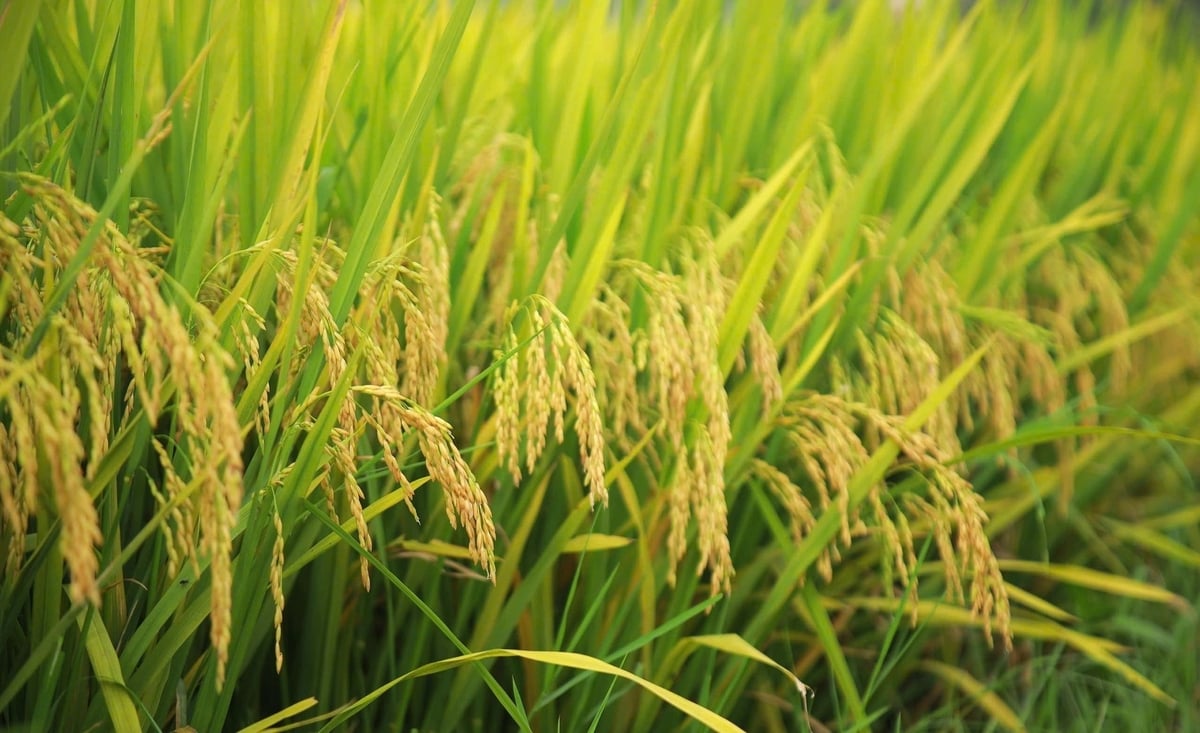
Rice is still the main crop in the 2026 spring crop. Photo: Viet Khanh.
Based on practical needs, Nghe An agriculture and environment sector has proactively developed plans, arranged crop structures, varieties and seasons suitable to the specific conditions of each region, combined with maximum exploitation and full promotion of all resources to achieve the highest level in terms of area, productivity and output in the spring crop of 2026.
The policy will increase the application of science and technology platforms, technical advances, and safe production processes (VietGAP, organic...) in the form of promoting production linkages, connecting consumption and promoting local agricultural products.
Assessing the overall factors, Nghe An spring crop 2026 aims to cover 109,500 hectares of area, reaching 708,850 tons of all kinds of food in the spring crop 2026. In order to ensure safe rice emergence and avoid cold, the time frame for the main spring crop is as follows: Sowing seedlings from January 5 to January 20, 2026, transplanting after 21 days of seedling emergence (seedlings have 2.5 - 3.0 true leaves). For the group of varieties with a growing period of around 125 days, sowing should not be arranged before December 16 to avoid rice emergence too early, when cold will affect productivity.
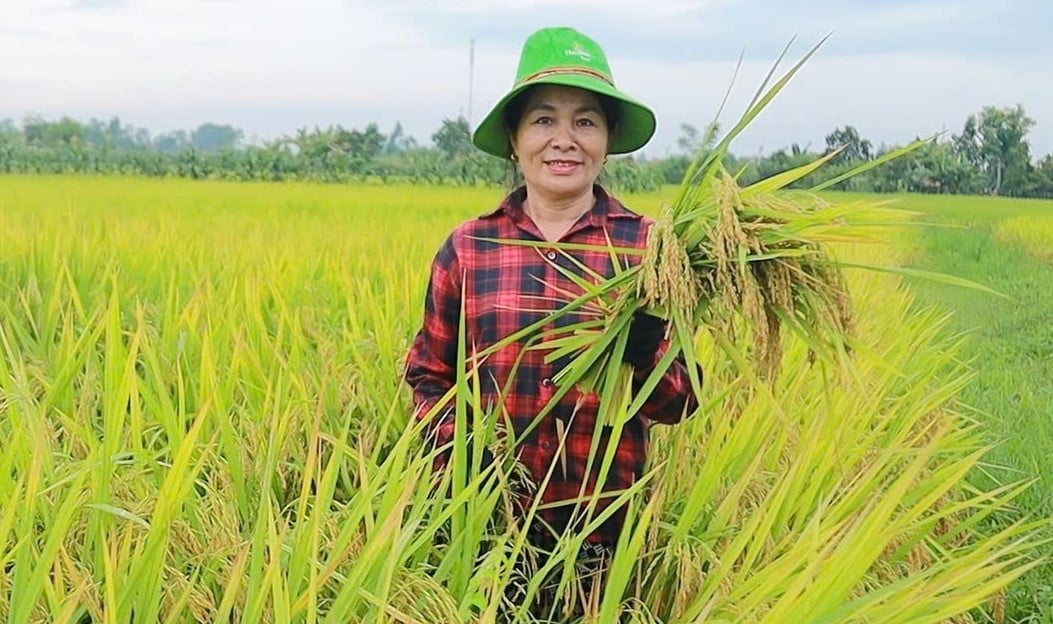
Nghe An Department of Agriculture and Environment recommends localities prioritize the use of high-quality rice varieties. Photo: Viet Khanh.
For areas where people have the habit of sowing directly, sowing should be arranged 5-7 days later than the crop calendar. On the contrary, for areas with summer-autumn flooding, sowing can be arranged 5-7 days earlier.
Ms. Vo Thi Nhung, Deputy Director of the Department of Agriculture and Environment, said: “The industry's viewpoint is to only include in the structure of officially recognized rice varieties, recognized for circulation and models with good results. Priority is given to using high-yield rice varieties, with good rice quality or better. Priority is given to developing and expanding the area of high-quality rice varieties for sale. In terms of structure, each locality should only choose 2-3 hybrid rice varieties and 2-3 pure rice varieties to put into production.”
According to the Department of Agriculture and Environment, in the 2026 spring crop, priority will be given to 6 pure rice varieties (VNR 20, TBR 225, Bac Thinh, Thien Uu 8, TBR 97, ADI 168); 5 hybrid rice varieties (Thai Xuyen 111, VT868, Long Huong 8117, Thuy Huong 308, Duong Uu 612).
For corn, sowing should be focused from February 4 to February 28. Localities must base on soil characteristics, growth period, purpose of use, and intensive cultivation ability to select 2-3 hybrid corn varieties and 2 waxy corn varieties to include in the structure. Regarding peanuts, take advantage of the soil being moist enough and the weather being warm to sow from January 25, finishing before February 25. Particularly, midland, mountainous, and highland areas prone to early drought should sow earlier to prevent late-season drought.
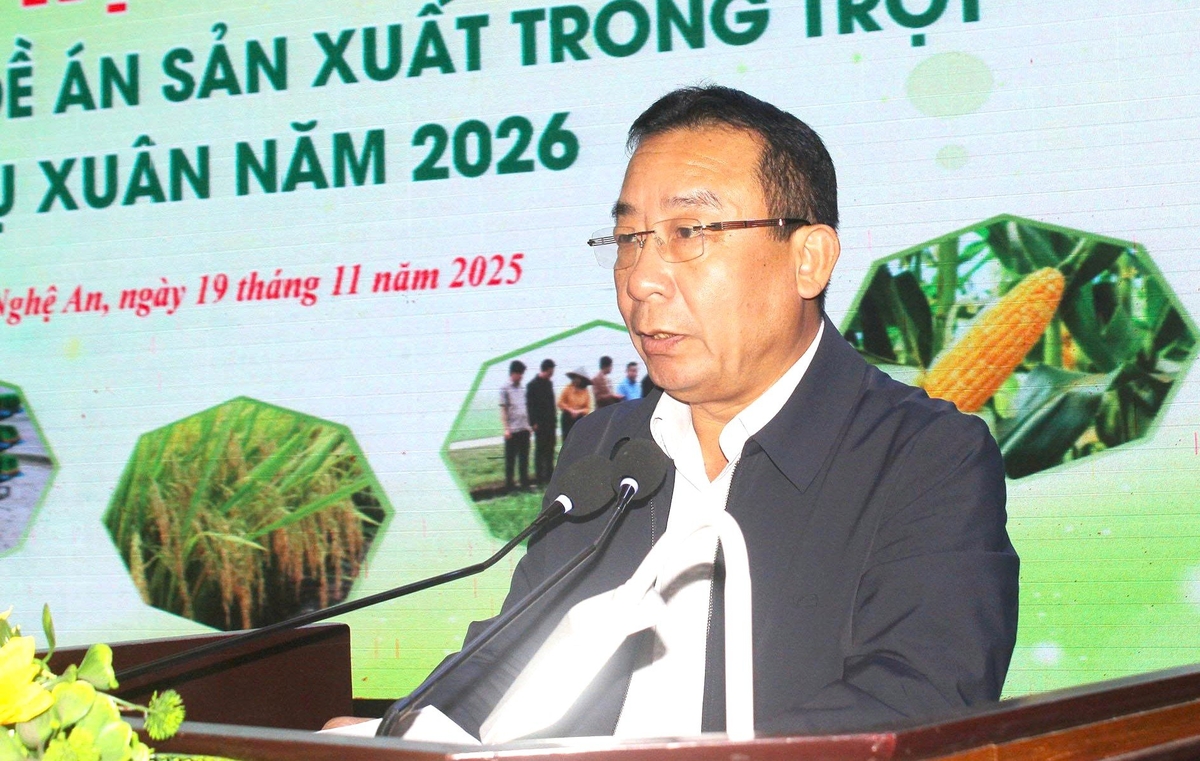
Mr. Nguyen Van De, Vice Chairman of Nghe An Provincial People's Committee, requested localities and units to closely follow the crop calendar. Photo: Viet Khanh.
Concluding the Conference, Mr. Nguyen Van De, Vice Chairman of Nghe An Provincial People's Committee, requested relevant localities and units to closely follow the crop calendar, and at the same time, based on the growth period of each rice variety to arrange a reasonable sowing time, ensuring that the rice ripens from April 25 to May 5. Absolutely do not arbitrarily sow before the schedule to avoid the time from panicle initiation to ripening, encountering cold rain at the end of the season, which will affect the yield.
Along with that, it is necessary to focus on promoting commodity agricultural production, forming specialized raw material areas applying high technology with digital transformation applications, thereby creating high-yield, good-quality products in the direction of green agricultural production, circular agriculture, and emission reduction. Linking the agricultural value chain from production to processing and consumption to meet market requirements and export standards.
Mr. De also emphasized that leaders of units must focus on advising and effectively implementing key projects of the Ministry of Agriculture and Environment such as the project to improve soil health and manage plant nutrients; the project to reduce emissions in agricultural production in the crop sector; the project to produce and develop biological pesticides...
Source: https://nongnghiepmoitruong.vn/nghe-an-tu-tin-dat-tren-700000-tan-luong-thuc-vu-xuan-2026-d785187.html










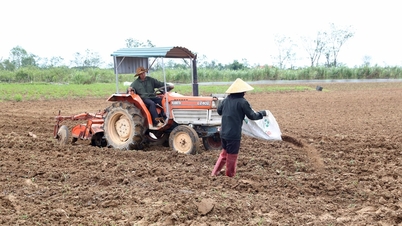


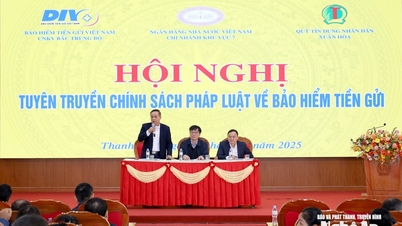
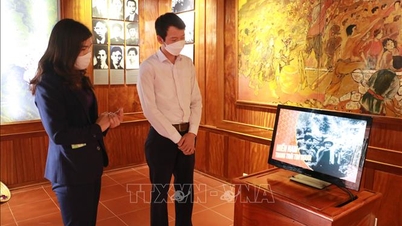

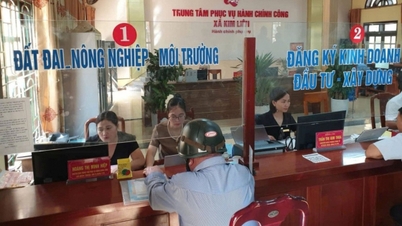



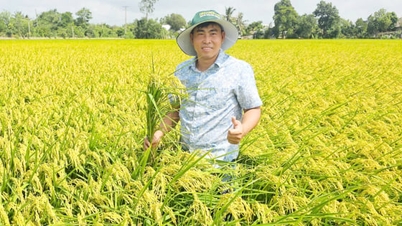
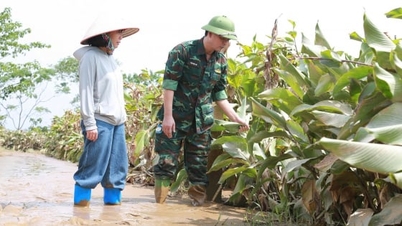

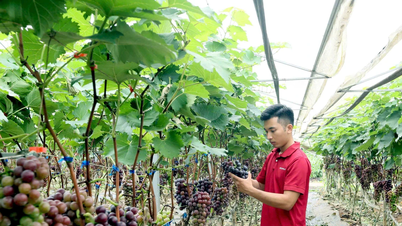








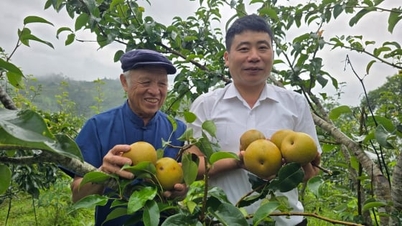
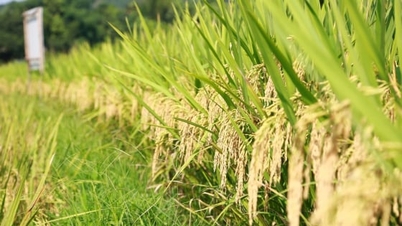








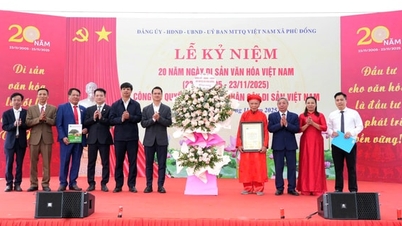








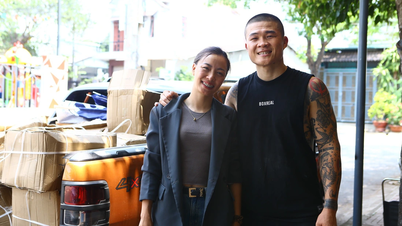








































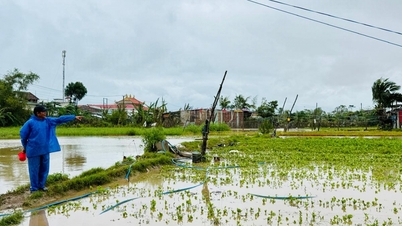

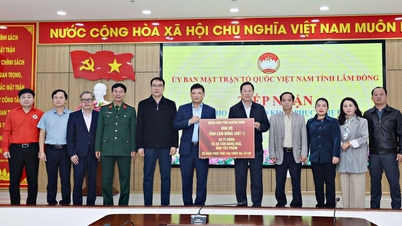

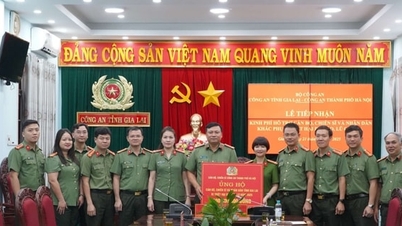
















Comment (0)